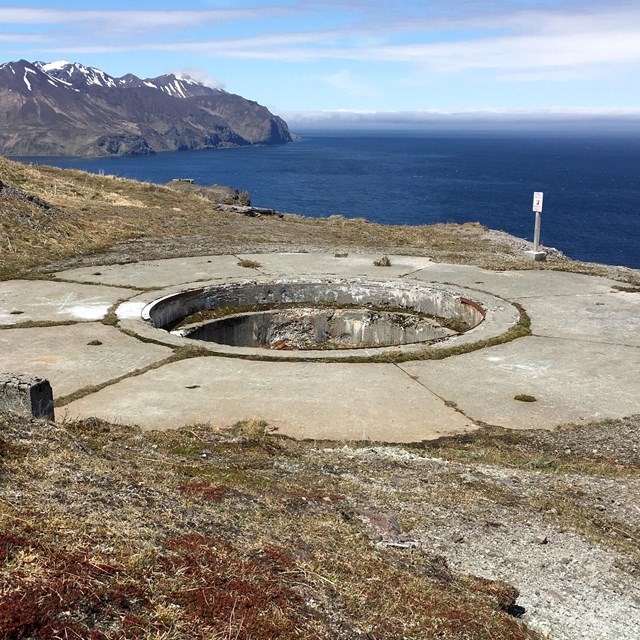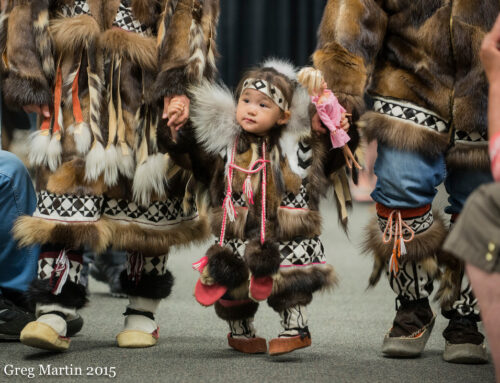Alaska at War – A Historical Attack on Dutch Harbor
Alaska at war as Japanese forces attack
In 1931, Japan initiated aggressive actions in Manchuria, a key eastern province of China, aiming to expand its territory. This move escalated tensions, notably when Japanese forces attacked a U.S. oil tanker convoy and the escorting USS Panay on the Yangtze River in 1937, resulting in the deaths of three and serious injuries to 11 others. Japanese aircraft even targeted survivors on shore and in lifeboats, deepening U.S. mistrust towards Japan.

Anticipating potential threats across the Pacific, the U.S. Government grew increasingly wary. By 1935, Brigadier General William Mitchell had already advocated for robust northern air defenses to Congress, emphasizing the strategic importance of Alaska by stating, “I believe in the future he who holds Alaska will hold the world.” Heeding this advice, in 1939, Congress set up a defense triangle encompassing Panama, Hawaii, and Alaska to safeguard the western coast of America. Alaska, being the largest yet most undefended, saw the construction of naval bases at Sitka, Dutch Harbor, and Kodiak. The strategic significance of Alaska was underscored six months post the Pearl Harbor attack when the Japanese bombed the U.S. Naval Base at Dutch Harbor and the U.S. Army Fort Mears on Unalaska Island, subsequently occupying the Aleutian islands of Attu and Kiska. Contrary to earlier beliefs that these operations were merely diversionary, recent studies suggest that Japan aimed to establish a prolonged eastern defense perimeter.
In response, U.S. military strategists fortified the Aleutians to prevent them from serving as conduits for attacks on the mainland. This was also crucial to counter the significant propaganda victory Japan gained through its occupation. U.S. forces constructed additional bases across the Aleutians for refueling and maintenance to facilitate further westward strikes. Yet, the servicemen contended not only with the enemy but also with harsh weather conditions such as dense fogs, violent seas, and fierce wind storms known as williwaws, making the Aleutians a formidable front where survival often hinged on overcoming nature itself.
The prolonged conflict led to significant demographic changes in Alaska. The population surged from just over 72,000 in 1940 to 129,000 in 1950, driven by the influx of military personnel and their families. Anchorage and Fairbanks experienced exponential growth. Post-war, while some military bases were decommissioned, others expanded, reflecting a sustained military presence. The battle to reclaim Attu began on May 11, 1943, with U.S. forces engaging in intense combat. After nineteen days, the dwindling Japanese forces mounted a final desperate offensive which failed, leaving only 29 survivors from an initial force of about 2,600. The subsequent campaign to retake Kiska ended anticlimactic when Allied forces landed in August to find the Japanese had vanished weeks earlier.
Recognizing the historical significance of these events, the Secretary of the Interior, through the National Park Service, designated eight locations in Alaska as National Historic Landmarks, including battle sites and former military bases. These designations underscore the crucial role Alaska played in World War II and the importance of preserving these sites as part of national heritage.
Photos courtesy of The National Park Service and the Library of Congress









